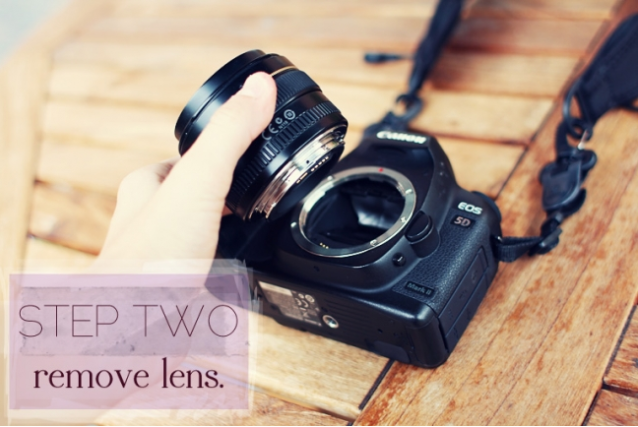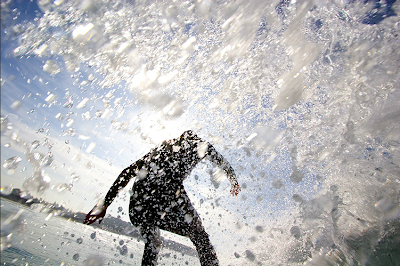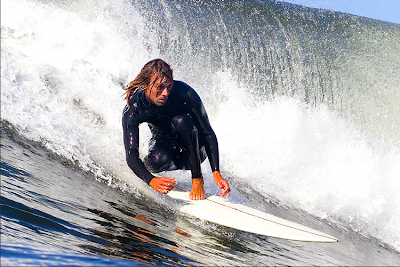So you have a house you’re proud of and would love to share on online but you find yourself putting it off because… A. You don’t have a nice camera or a photo editing system. B. There are homes out there that are much prettier than yours. C. It’s usually not that clean and you don’t want to feel like a phony. D. (insert your excuse here).
Here are five tips that have helped me take better photos of my own home and given me the confidence to share them online.
Tip #1 One room at a time.
If you want to share these photos as a house tour you’re probably going to want to tidy up any space that is going to be photographed. Think of it as the equivalent to taking family portraits. Sure, your home probably doesn’t stay that clean all the time but you wouldn’t show up to a portrait studio wearing your yoga pants and yesterday’s make-up.
Kids, pets, or messy roommates may thwart your plans to keep your place spotless for more than twenty minutes so I suggest photographing one room, or even one wall, at a time. If your studio is a dump but you want to showcase your favorite corner, de-clutter and style it to your heart’s content. You may even keep it that way!
We usually spread house tour photos out between two or three consecutive afternoons. It helps us feel less overwhelmed and works better with our family’s schedule. It’s also a short enough time frame that nothing gets rearranged.
Tip #2: Look at your home through your lens.
Make a list of all the spaces you want to photograph. As you go through your home, casually take a photograph of the space you want to feature and then see how it looks in your camera.
Do you like the composition of things? Would a vertical shot look better than a horizontal shot? Are there cords poking out of things that might distract from the rest of the shot? Do you need to edit any clutter?
Looking through your camera may help you to notice these things and change them before you take photos. Once I’m happy with the set up of things and have moved the hand weights from under the sideboard, etc., I like to experiment with angles and distances. Just like taking self-portraits or outfit photos, you may have to take a lot before you find the most flattering one.
Tip #3 Shoot in natural light.
If your studio has giant windows but they don’t let a lot of light in being at the back of the house or whatever the case - If you want to take photos in there you will probably have to pull all the shades up, move the curtains back, and shoot before 4 p.m. so the sun isn’t too low.
If you're still learning how to use your DSLR - most of your shots are in automatic mode. Here's a tip: changing your ISO to a higher number helps when taking photos in low light. You can also change your shutter speed but if you haven’t gotten that far, experiment with your ISO. It’s amazing how much brighter your photos will be set at 800 than 200.
Note: "On my Canon I make sure my dial (the part where you choose portrait, landscape, up close, sports, or no flash settings, etc.) is set to AV, go to my menu, and then hit the ISO button on the top of my camera near the dial. This pulls up my ISO settings and I can choose how high or low. Low is better for bright, natural light such as outside on a sunny day and high is better for your dark rooms inside. You’re welcome."
Tip #4 Bend over and watch out.
Unless you’re about 4′ 5″ you’re probably not taking photos of your space at an optimal angle. I had Brett (6’1″) take the photo above to show how different a vignette can look when you’re standing upright to how it can look when you’re at eye level (see below). When taking wider room shots, getting a bit lower can make your room look bigger and keep things focused on what’s interesting.
Watch out for mirrors or other reflective surfaces when shooting. Stand a little to one side or bend down enough that you’re shooting up at an angle. If you’re looking especially cute that day, disregard.
Tip #5 There’s a time to shoot wide and a time to shoot vignette.
When photographing a room take some wide shots that share a whole space, or chunks of a space that are well-defined, and then take some vignette shots. A vignette is a focused grouping such as the items on the top of the shelf above. You can tell it’s there in the first photo but it’s lost in space and I’m not really sharing anything else worthwhile.
Whether you’re shooting wide shots or vignettes, try to avoid eye sores such as ceiling fans or cords. You can always edit out nail holes in Photoshop or another editing service. If you’re looking for something to start with, check out Picnik. It’s free and covers a lot of territory.
Your home is unique because it’s yours so think about your favorite elements as you plan your home tour. You may not be the only one in the world with a collection of vintage globes but the way you’ve displayed them may inspire someone. Your use of color in your living room may be exactly what another home owner was imagining for their space but couldn’t quite execute the first time around.
You’re out of excuses now! Pick a date to share your space online and then plan in time to get it tidied, shot, edited, and written up. I can’t wait to see!











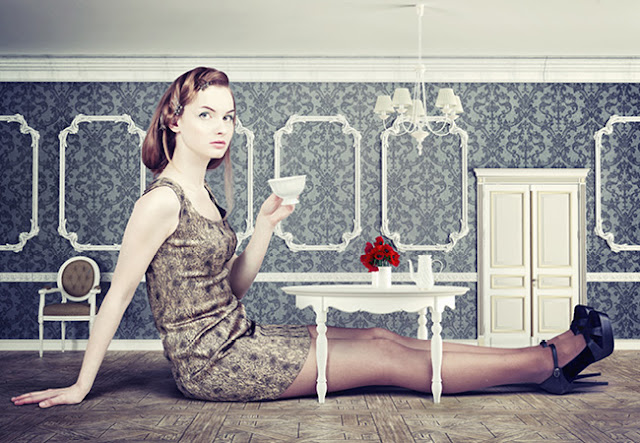
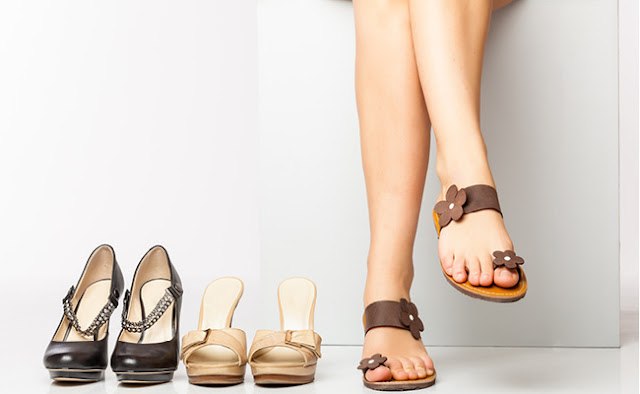





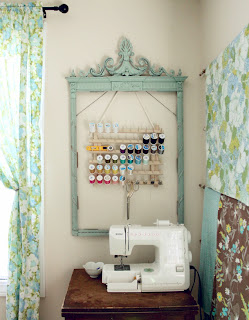
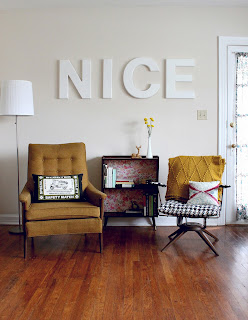

.jpg)
.jpg)
